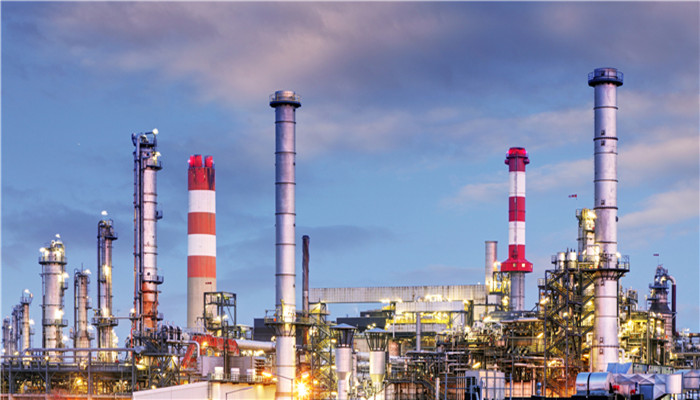
The ceramic fiber industry is developing rapidly and high-endization is an inevitable trend
Ceramic fiber is a lightweight fiber that is mainly produced through the melt spinning process. The product has the advantages of low thermal conductivity, easy construction, high temperature resistance, good flexibility, no need for an oven, and high thermal sensitivity. It is a product with high application requirements. High refractory materials. Ceramic fiber has a wide range of applications due to its good temperature resistance and fire resistance. It is used in ceramics, household appliances, construction, steel, aerospace, petrochemical and other fields, and the market demand is high.
At present, ceramic fibers are mainly used in metallurgy, petrochemicals, electric power, ceramics and other fields. Among them, metallurgy and petrochemicals account for a high proportion, both above 25%. Ceramic fiber is an important refractory material. In the domestic refractory material market structure, petrochemical industry accounts for more than 33%, followed by ceramics at 13%.
According to the “In-depth Market Research and Investment Strategy Suggestions Report on Ceramic Fiber Industry 2021-2025” released by the Industrial Research Center, benefits from Driven by the development of end-use industries, the global ceramic fiber market demand has shown a slow growth trend. However, affected by the epidemic in 2020, both output and market size have declined slightly. The output was 1.95 million tons and the market size was approximately US$1.98 billion. my country is the world’s major ceramic fiber producer. In the past five years, domestic ceramic fiber output and market size have shown a growth trend. In 2020, my country’s ceramic fiber output was 650,000 tons, and the market size was approximately 4.4 billion yuan. In terms of consumer demand, North America is currently the largest market, accounting for approximately 38%, followed by China.
Ceramic fiber production methods mainly include melt fiberization method, extrusion spinning method, matrix fiber solution impregnation method, CVD chemical vapor deposition method, CVR chemical vapor phase reaction method, sol-gel method, polymer method, etc. Among them, melting The fibrosis method is the most widely used. Ceramic fiber can be divided into three grades: low, medium and high according to the use temperature. Among them, the use temperature of high-end ceramic fiber is between 1300-1500℃, which is the development trend of the industry.
There are currently many ceramic fiber manufacturers at home and abroad. The world’s well-known ceramic fiber manufacturers include Ibiden, Isolite Insulating Products, Luyang Energy-Saving Materials, Morgan Thermal Ceramics, and Unifrax, among which the TOP5 companies account for 32%. Luyang Energy Saving is the largest ceramic fiber manufacturer in China. The company achieved revenue of 2.326 billion yuan in 2020.
Industrial analysts said that in the context of the dual carbon goals, domestic energy-saving and environmentally friendly materials are highly favored. Ceramic fiber is an energy-saving, fire-resistant The demand for materials market is rising and the industry is developing rapidly. In terms of production, most of my country’s ceramic fibers are in the low-end field, and the product quality is uneven. The high-end field is currently occupied by Luyang Energy Saving. Luyang Energy Saving has leading technology and excellent product quality, accounting for about 32% of the domestic market. As the domestic manufacturing industry gradually develops towards high-end, in order to meet market demand and improve its own competitiveness, ceramic fiber companies need to transform into high-end.

 微信扫一扫打赏
微信扫一扫打赏

